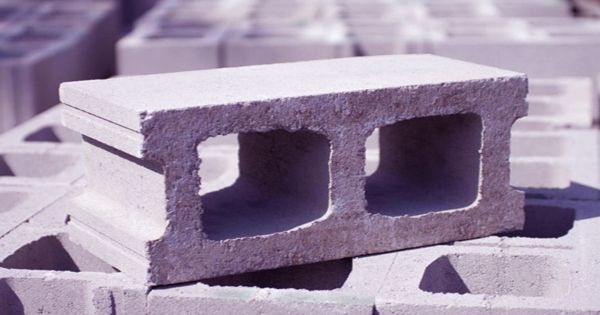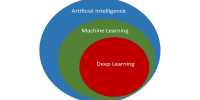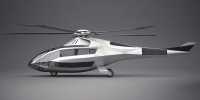The director of the company is Brandon Clifford, an assistant professor at MIT. The Matter Design Company has come up with an efficient method for producing masonry building blocks that can be moved by the hand of a single person. It doesn’t seem impressive until you find these blocks weighing hundreds of kilograms. Inspired by the ability of ancient civilization to create incredible tricks of engineering without modern technology, he is keen to bring ancient knowledge into contemporary practice. Matter design in that vein makes these blocks collectively known as “walking assemblies”.
The design practice said in a statement, “Transport and assembly detectives have been built into their components, freeing humans to guide these huge concrete components into space. Structures that would otherwise rely on cranes or heavy equipment can now be intelligently assembled and disassembled with little force.”
The total structure has a combined weight of 5,970 kg (13,000 lb). The smaller concrete unit can weigh 420 to 700 kg and the larger can weigh about 1,770 kg. Matter Design worked in collaboration with the Mexican multinational building materials company CEMX. Together, they create multiple blocks that cannot be lifted by a single person but can move through them. They can be spun, pivoted, and locked in place to create a stable structure for their precise design.
Matter Design explained, “Using concrete of variable density, the mass of the components is precisely calibrated to control the components of the center of motion, but easy speed control. This ensures that these huge components can be successfully traversed and assembled, creating the possibility of creating crane-low risk construction methods. And turn our building sites into playgrounds.”
Already impressive enough to see people move these huge blocks, the effects of this approach are even more exciting. The ability to assemble and carry these blocks by hand makes them useful in places where trucks and cranes cannot go or where they will be very expensive. The issue of this method is also interesting in the context of the 3D printing house. The field is still in its infancy, but something like this could certainly play a role in future architecture.














